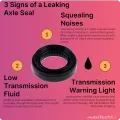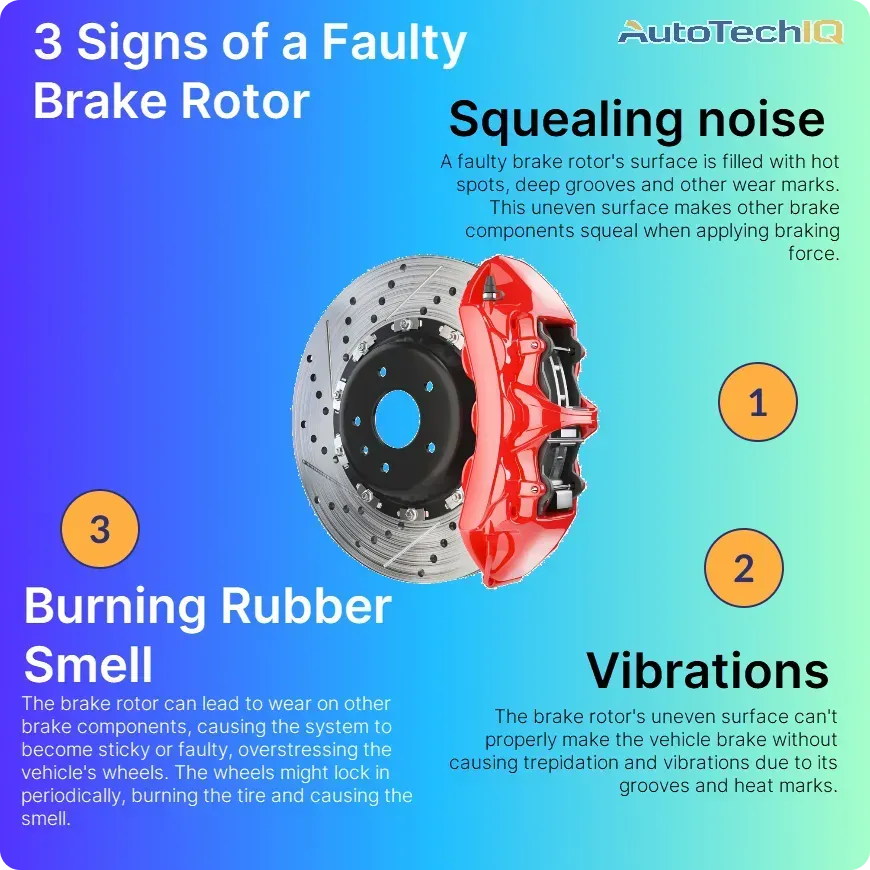
The main signs of a faulty brake rotor are a squealing noise and vibrations while driving. The brake rotor works by receiving friction from the brake pads, consequently slowing down the wheel rotation. However, if the brake rotors are faulty, they won’t efficiently transfer the pads’ friction to the wheels.
-
Positioning: The brake rotor sits inside the wheel, with the pads and the brake caliper contacting it.
When the vehicle runs with a bad brake rotor, it may suffer extra friction around the wheels and brake components, causing erratic behavior.
-
Safety: Bad brake rotors are extremely serious as they can progress into critical brake malfunction, and even affect the wheels. In worst cases, the vehicle’s brake system can simply stop working or lose almost all of its efficiency. The tires can wear out faster and lose tread patterns quickly.

A squealing noise
The squealing noise results from the vehicle’s brake rotor's uneven surface, hot spots, or heat cracks. The rotor’s uneven or damaged surface can’t properly receive the brake pads’ friction, resulting in a squealing sound.
Acting early is crucial since brake rotors can deteriorate and cause serious brake failures, and excessive vehicle vibrations.
Vibration while driving
The brake rotor’s damaged surface results in uneven braking. The brake pads can’t properly press against the rotors, which are now bumpy and causing the pads to vibrate. This vibration passes on to other brake components, making the entire car feel shaky.
This might also be the case when the brake rotor is faulty on only one side, for example. In this case, the faulty rotor vibrates while the good side brakes consistently. This makes the car pull to one side while braking.
Other common signs
Here are other common signs that some of your vehicle’s hoses might be melting/burning:
-
Pulsating or vibrating brake pedal
-
Grinding or squealing noises when braking
-
Uneven braking performance
-
Steering wheel vibration when braking
-
Deep grooves or scoring visible on the rotor surface
Possible fixes
-
Wheel cylinder replacement: A faulty brake rotor can lead to the need for a wheel cylinder replacement due to the excessive wear and tear it can cause in the braking system. When brake rotors are warped or damaged, they can cause uneven or pulsating braking forces, which put additional stress on the wheel cylinders.
-
Brake caliper replacement: A faulty brake rotor can lead to a brake caliper replacement because uneven or pulsating braking forces from a damaged rotor can cause the brake caliper to become stressed and wear out prematurely. The caliper's job is to clamp the brake pads onto the rotor, and if the rotor is warped or uneven, the caliper may need to exert more force to maintain effective braking.
-
Brake Rotor Replacement: The brake rotor itself needs to be replaced. Commonly, if the rotor is damaged to the point of requiring replacement, components like brake pads are also already affected and probably require replacement too.
-
Brake Pad Replacement: A faulty brake rotor can lead to brake pad wear because uneven or damaged rotors can cause excessive stress on the brake pads. When the rotor surface is warped or scored, it creates irregular contact with the pads, leading to accelerated pad wear, glazing, or even damage.
-
Wheel bearing replacement: A faulty brake rotor can lead to a wheel bearing replacement because excessive heat, vibration, or uneven braking forces from a damaged rotor can put extra stress on the wheel bearings. This added strain can cause the wheel bearings to wear out prematurely or fail, as they allow the wheels to rotate smoothly and support the vehicle’s weight.
Frequently Asked Questions
How often should brake rotors be replaced?
Brake rotors typically need to be replaced every 30,000 to 70,000 miles, though the exact interval can vary based on driving conditions, driving style, and the quality of the rotors. Factors such as frequent hard braking, driving in mountainous areas, or towing heavy loads can cause rotors to wear out more quickly.
Can I drive my car with a faulty brake rotor?
Driving with a faulty brake rotor is not advisable and can be dangerous. A damaged or worn-out rotor can lead to reduced braking performance, such as pulsating or uneven braking, which increases stopping distances and compromises vehicle control. It can also cause additional wear on brake pads and other braking system components. If the rotor is severely damaged, it could result in complete brake failure.
How serious is a faulty brake rotor?
A faulty brake rotor is a serious issue that can significantly impact vehicle safety. Damaged or worn rotors can cause uneven or pulsating braking, which reduces stopping power and increases the risk of accidents. They can also lead to excessive wear on brake pads and other components, potentially causing more extensive and costly repairs. Additionally, severe rotor damage can result in complete brake failure.
Other news
-
Car is Squealing When Driving

-
What is Preventative Maintenance and What Are The Benefits of it?

-
JobViewIQ - DVI Process Training - Part of the Auto Care Alliance Benefits

-
7 Signs of AC Pulley Issues
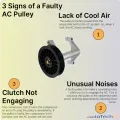
-
7 Signs of Clogged AC Components
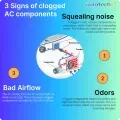
-
How Much Does a Transmission Fluid Change Cost?
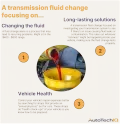
-
7 Signs of a Leaking Axle Seal
